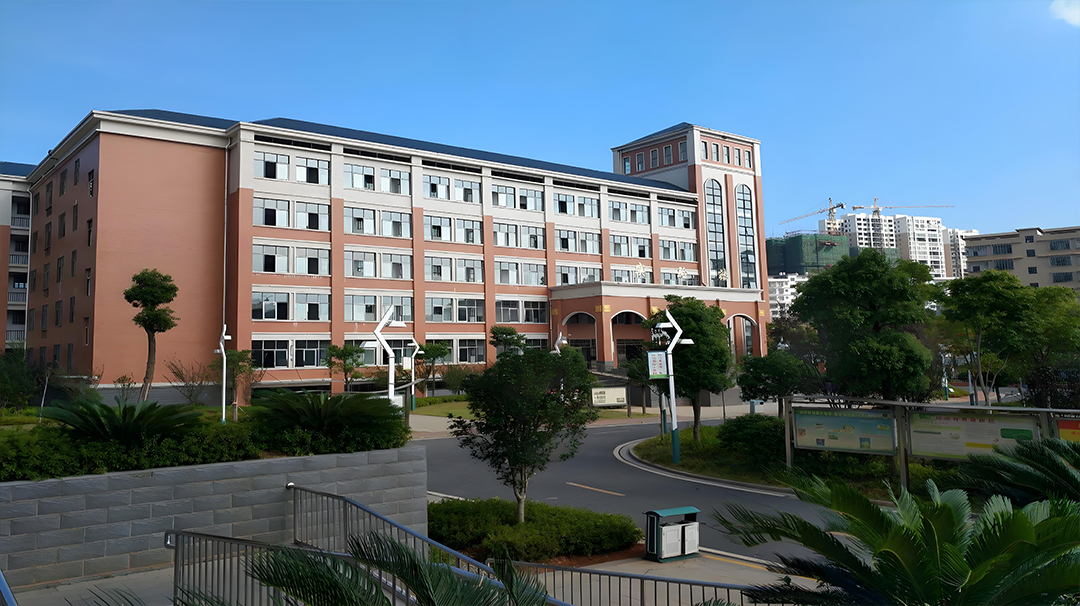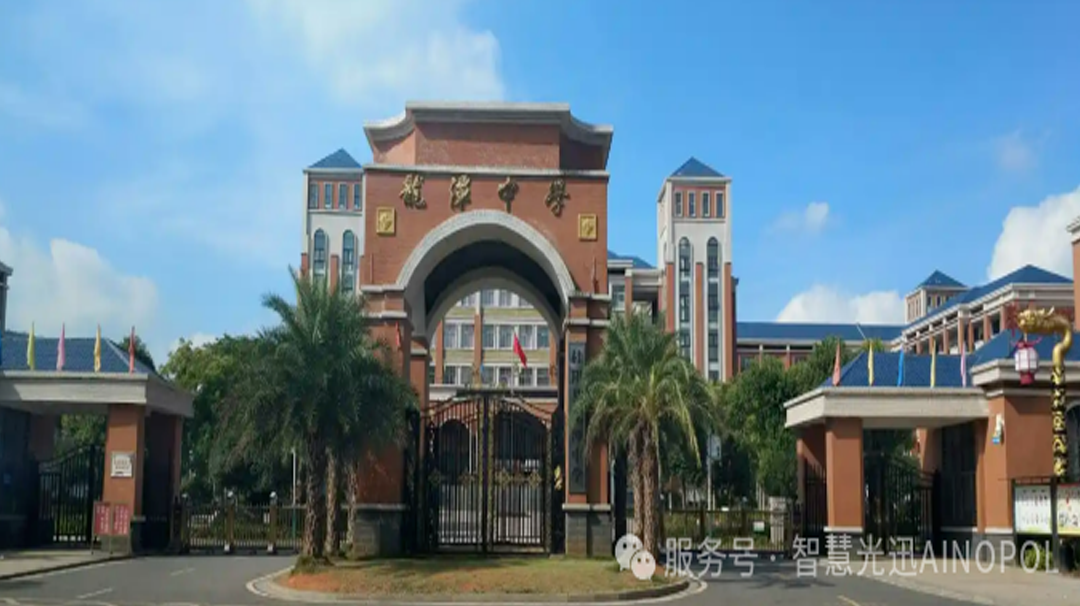
Creating an efficient campus office - a comprehensive network solution
With the rapid development of information technology, the demand for networks in modern campus offices is becoming increasingly diverse and complex. An efficient, stable, and secure network system is the key to ensuring the daily operation of campus offices. The progressiveness of its network infrastructure is directly related to the teaching quality, research efficiency and convenience of daily management.

Background requirements
Smart Optical FTTN provides office solutions with "1" all-optical private network, "2" layer P2MP minimalist architecture, "3" types of services, wired, wireless, office telephone, 400 concurrent users online, and "5" integrated functions. To provide enterprises with a new way of digital integration and unified management from the original separation of traditional businesses, achieving simplified network architecture, unified management, and adapting to the needs of future technological development and user growth.

Ultra large bandwidth to meet future demands
Using fiber optic as the transmission medium, its transmission speed far exceeds traditional networks, greatly improving office efficiency. Teachers no longer need to wait for long file downloads when preparing teaching materials, and can obtain the required resources more quickly.

Intelligent management, unified cloud operation and maintenance
Through the EAAS management cloud platform, configuration parameters can be issued in batches to achieve intelligent opening, simplify the process of adding devices, and greatly reduce the workload of opening configuration. Abnormal situations discovered by devices and terminal device disconnections will trigger alarm messages, making it easier for unified operation and maintenance.

High stability, ensuring business continuity
The campus office network needs to ensure stability and high reliability. The FTTN overall network uses fiber optic as the transmission medium, which is not affected by electromagnetic interference and signal attenuation. The uplink Internet interface supports multi WAN access and multi carrier multi broadband access to avoid network failure caused by a single broadband failure.

Easy to expand and flexibly adapt to complex environments
FTTN optical gateway adopts modular design, which can be easily expanded according to needs. With the future development of the school, it can be easily upgraded and expanded. Easily add new business cards without the need for large-scale modifications to existing networks.

Green and energy-saving, in line with environmental protection concepts
Compared with traditional copper cable networks, fiber optic networks have lower energy consumption and lower operating costs, which is in line with the concept of green office. In today's advocacy for green campuses, all-optical networks may be a more environmentally friendly and sustainable choice.
 FTTN in office network topology diagram
FTTN in office network topology diagram
Core layer: Using FTTN optical gateway as the network core, responsible for high-speed forwarding and aggregation of data in campus offices.
Convergence layer: Connected to the splitters in various teaching buildings or office areas through optical fibers, it is green, passive, energy-saving, and environmentally friendly, achieving data aggregation and preliminary processing within the area.
Access layer: Utilizing passive optical network (PON) technology, deployed in various offices through ONUs, providing high-speed and stable network access for each office.
Cloud management platform: adopting a unified cloud EAAS network management system to achieve real-time monitoring, troubleshooting, and configuration management of the entire campus office network.

Recommended Equipment List




